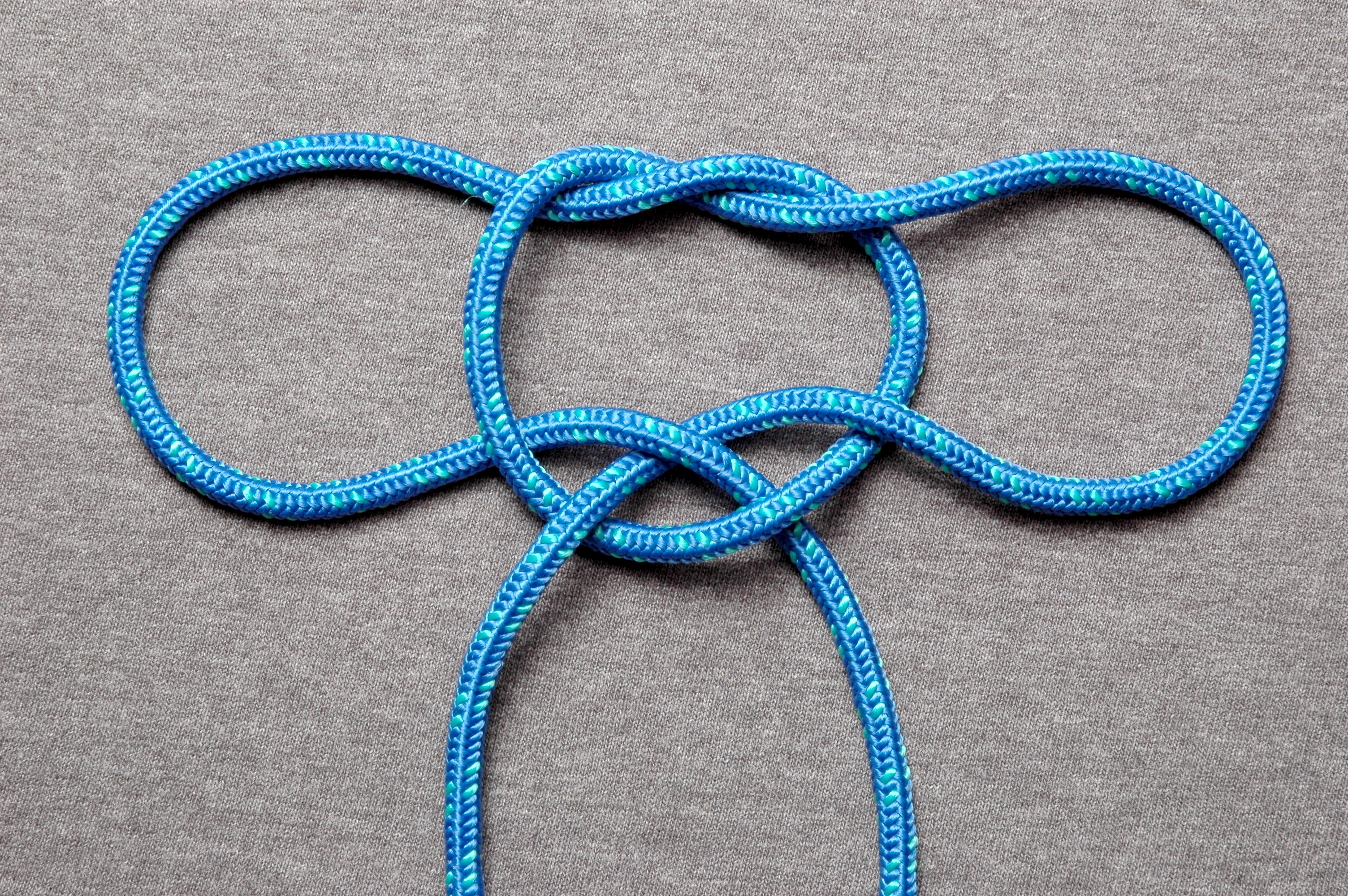There are a few different ways to tie a handcuff knot, but the most common and effective method is as follows:
1. Take the two ends of the rope and cross them in the middle, making sure that the shorter end is on top of the longer one.
2. Make a loop with the top (shorter) end around the bottom (longer) end, and pull through until snug.
3. Make another loop with the bottom (longer) end around the top (shorter) loop, and pull through until snug.
4. Tug on both ends of the rope to tighten the knots, and you’re done!
- Take one end of the rope and tie it around one wrist, making sure the rope is tight against the skin
- Cross the rope over the other wrist and tie it tightly around that wrist as well
- Take the loose ends of the rope and tie them together in a knot, making sure it is tight against both wrists

Credit: en.wikipedia.org
What are Handcuff Knots Used For?
Handcuff knots are used to secure a person’s hands together using rope or handcuffs. The most common way to tie someone’s hands together is with the use of a standard slip knot, which can be easily released once the tension on the rope is released. However, there are other ways to tie someone’s hands together using different knots, such as the figure-eight knot or the clove hitch.
Handcuff knots are also used to create makeshift restraints, such as tying a person’s hands to a chair or bed frame.
How Do You Tie a Fireman’S Chair Knot?
When it comes to tying knots, there are a lot of different options out there. And while some knots are better for certain situations than others, the fireman’s chair knot is one that can be used in a variety of ways. Here’s how to tie a fireman’s chair knot:
First, take the end of the rope in your left hand and make a loop. Then, pass the end of the rope around your right wrist and hold it in your right hand. Next, take the loop in your left hand and pass it over the top of the rope in your right hand.
Now pull both ends of the rope tight and you’ve successfully tied a fireman’s chair knot!This particular knot is often used by firefighters as it provides a secure grip when climbing up or down ropes. It can also be used in other situations where you need a firm grip on a rope, such as when rappelling or rock climbing.
So next time you find yourself needing to tie a strong knot, remember the fireman’s chair knot!
How Do You Tie Prusik Handcuffs?
If you are looking for a way to restrain someone using only your hands, then Prusik handcuffs may be the answer. This type of handcuff uses a simple knot to secure the wrists together, making it a quick and easy method of restraint. Here is how to tie Prusik handcuffs:
1. Take a length of rope and make a loop around one wrist, leaving enough slack so that you can also wrap the rope around the other wrist.
2. Cross the rope over the top of the other wrist and pull tight so that both wrists are now bound together.
3. Take the free end of the rope and make another loop around both wrists (this time passing under both wrists).
4. Pull this second loop tight, cinching down on both wrists until they are firmly bound together. You can now let go of the first loop if you wish – it will remain in place thanks to the second loop holding everything in place. And that’s all there is to it!
With just a few simple steps you can easily tie someone up using Prusik handcuffs – perfect for when you need to restrain someone quickly and efficiently without any fancy equipment or complicated knots.
How To Tie A Handcuff Knot. Rope Handcuffs
Conclusion
Assuming you want a summary of the blog post and not the instructions:The author begins by discussing how handcuffs are generally used in pairs, with one cuff around each wrist. However, it is possible to use a single handcuff if you know how to tie a proper knot.
The author provides detailed instructions on how to do this, including what type of rope to use and where to position your hands. They also provide helpful illustrations for each step.With this method, you can effectively secure one wrist without the need for a second handcuff.
This can be useful in certain situations, such as when you only have one cuff or when you need to immobilize someone quickly.

